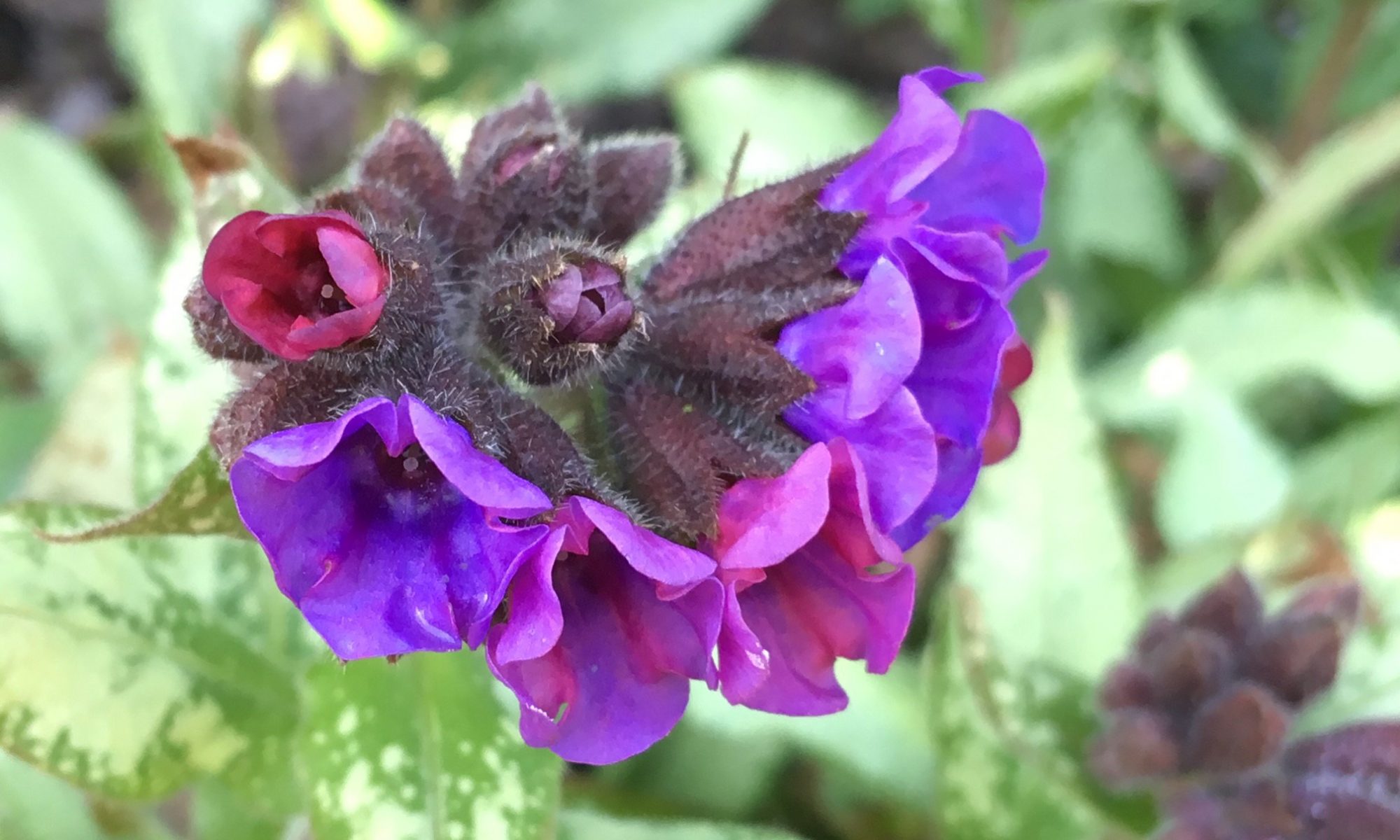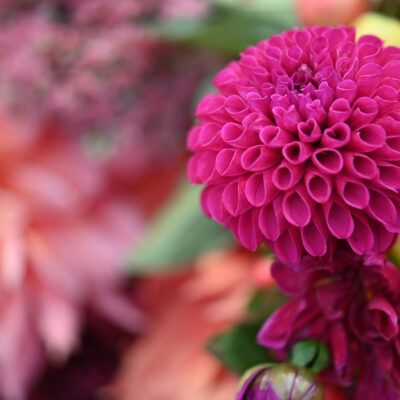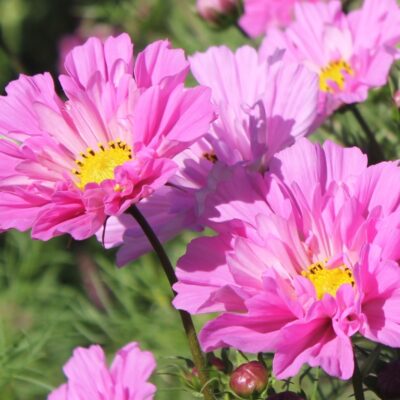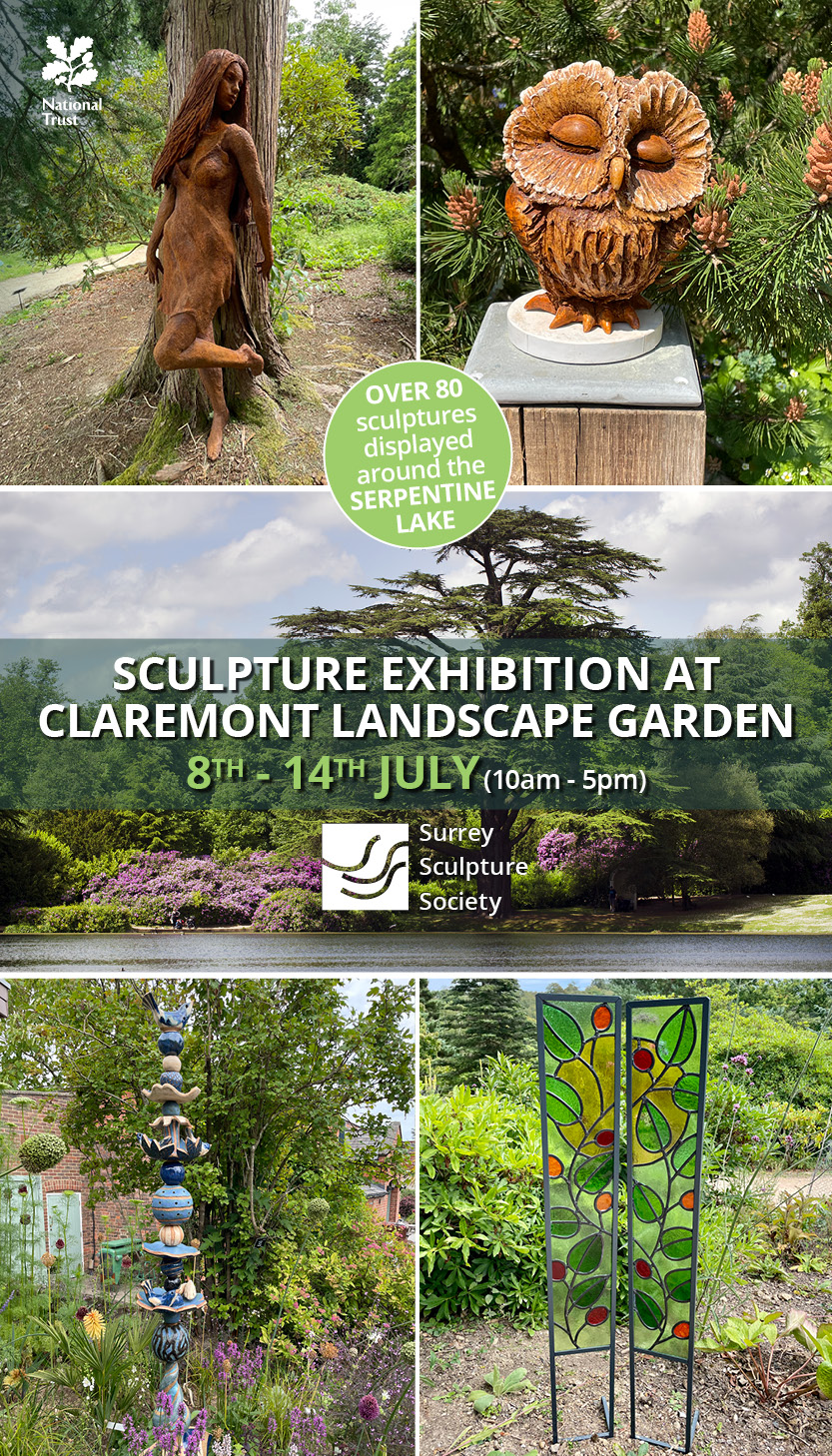It’s not all about the sunny spots – Sue Whigham celebrates the beauty of the darker parts of the garden.
There has been a garden at the Inner Temple in London since the 12th century and mediaeval papers record an orchard on the site at that time. By the 14th century much was made of the garden’s roses and it was the venue for the RHS’s Great Spring Show from 1888 to 1911 before it outgrew the space and moved to Chelsea.
Now you’ll see a rather wonderful three-acre garden sweeping down to the Thames, complete with rare trees and the most sumptuously planted borders.
There has been a major regeneration of the garden under the guidance of Andrea Brunsendorf, the current Head Gardener, who combines an artistic eye with superb plantsmanship. It will be interesting to see how the new Head Gardener, Sean Harkin, influences the planting in the future. His previous appointment was at Kensington Palace so he comes with great credentials.
It’s a splendid thing to have right in the heart of the capital and best of all, to my mind, is the lovely planting under the trees to the east of the rolling lawns, a wonderful source of inspiration for making the most of shady areas, which can be a challenge to home gardeners.
When you are choosing plants for shade, it is useful to know their provenance. There are so many bulbs, perennials, woody plants and ferns that originally thrived in forests and woodland and of course for the happiest plants it is ideal to emulate their original ‘home’.
We’re spoilt for choice really and I think that as we seem to have such dry summers down here in the South East, shady borders have the benefit of not scorching in a hot sun as they are in soil that does not immediately dry out. Provided that the borders have had the benefit of added organic matter, the shade will reduce the need to water and by mid to late summer all should be looking good, as the shaded areas of your garden are less exposed to extremes of temperature.
Shade in the garden comes in a lot of different guises:
- Light shade, created by walls, fences and buildings.
- Deep shade, under evergreen trees or in alleys between houses and buildings.
- Partial shade, created by the position of the sun as it moves round (there are very many plants that can cope with sun/or partial shade)
- Dappled shade, created under the canopy of deciduous trees.
- Damp shade and dry shade.
The areas under the trees at Inner Temple, when I saw them in May a couple of years ago, were a marvellous mix of ferns, Smyrnium perfoliatum, wonderful creamy foxgloves – from memory, D. ‘Camelot Cream’; some large yellow aquilegia – possibly Aquilegia chrysantha ‘Yellow Queen’ – and the promise of martagon lilies to come.
This particular aquilegia is one of the largest, longest spurred varieties you’ll find and it has the added bonus of blue/green filigree leaves. As for the smyrnium, I’ve never been successful with it, but it is well worth persevering with as once you’ve got the plant established, it will naturalise in your shady areas. Its combination of airy greeny yellow flowers and shield-like leaves which decrease in size as they climb the stem, are intriguing and for anyone who likes euphorbias and fresh limes and yellows, it’s a must. Some nurseries sell small plants now and as long as you don’t hoe them out and remember that they are biennials, they will bulk up.
A really good evergreen fern which can cope with dry conditions and partial shade and which may well have been the one growing at the Inner Temple is Dryopteris wallichiana, otherwise known as Wallich’s Wood Fern. Its beautiful fronds form a big shuttlecock and if you provide it with rich soil, it can reach about three foot (90cm).
Splashes of bright foliage in darker shadier areas could be provided by one of the many lovely pulmonarias available on the market now. The variety of flower colour and leaf markings and shape is huge. And don’t be put off by my mention of ground elder as there is a particularly good variegated form, Aeogopodium podagraria ‘Variegata’, which provides a fantastic light reflecting carpet in dappled shade. Leaf interest for shade include bergenias – B. ‘Abendglut’, a favourite of Gertrude Jekyll’s, is particularly choice. The flowers are magenta and the undersides of the leaves are a glorious maroon. Perfect ground cover for a shady area.
And then there are taller plants like Rodgersia aesculifolia with its architectural foliage and spires of creamy white summer flowers. I particularly like Rodgersia aesculifolia ‘Maurice Mason’, named by Christopher Lloyd after the friend who gave it to him, and always look forward to it coming into flower. The large leaves resemble those of a horse chestnut and the flowers of this clone are a rich pink which seem to deepen as the year goes on.
Tall, late flowering plants like the rodgersias and the actaeas can be underplanted with early flowering bulbs like snowdrops and scillas, arums, and anemone nemorosa, the wood anemones. This layering of ground cover gives you different seasons of interest in your shade borders. You can then add spectacular plants for shade as you acquire them.
And finally, a rather random list of smashing shade lovers would include:
- Hakonechloa macra ‘Aureola’, a woodland grass with great autumn colour.
- Hydrangea paniculata ‘Grandiflora’, a handsome white hydrangea.
- Hedera helix ‘Glacier’, a great ground coverer with marbled silver grey green leaves. Plant this at the edge of a shaded bed. Deep shade will create too little light and the leaves will revert to being a plain green.
- Libertia grandiflora. From New Zealand, with tall grass-like stems and white bowl-shaped flowers held on stiff stems in early summer.
- Nicotiana sylvestris, a tall biennial with gloriously scented white candelabra flowers.
- Persicaria bistorta ‘Superba’ is particularly good bistort although there are umpteen forms on the market these days. They’ll completely colonise areas of damp shade for you and can cope with sun too.
Sue Whigham can be contacted on 07810 457948 for gardening advice and help in the sourcing and supply of interesting garden plants.
Inner Temple Garden, London, EC4 is open to the public at lunchtime on weekdays from 12.30 pm until 3 pm.
innertemple.org.uk
TEST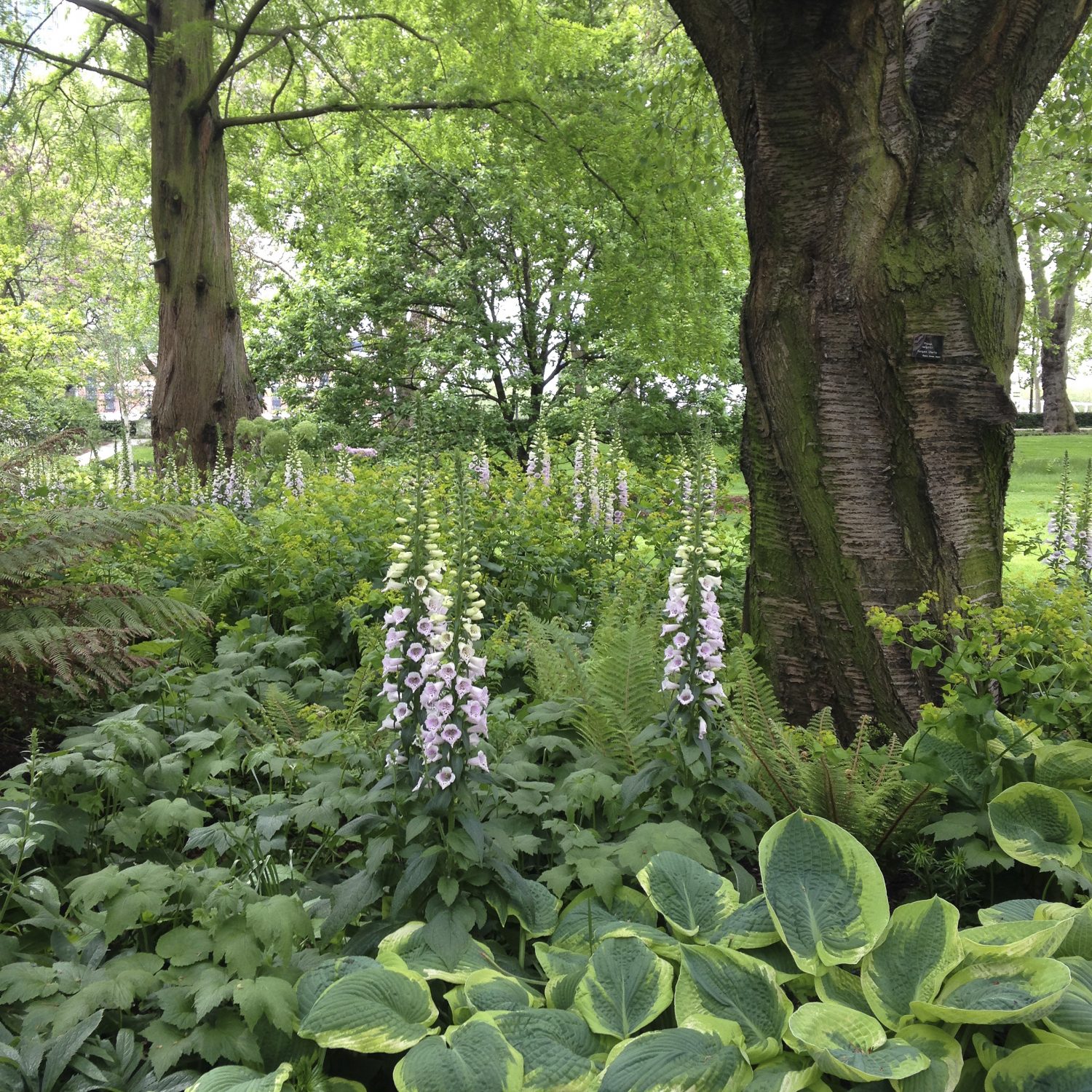
There are so many bulbs, perennials, woody plants and ferns that originally thrived in forests and woodland and of course for the happiest plants it is ideal to emulate their original ‘home’
TEST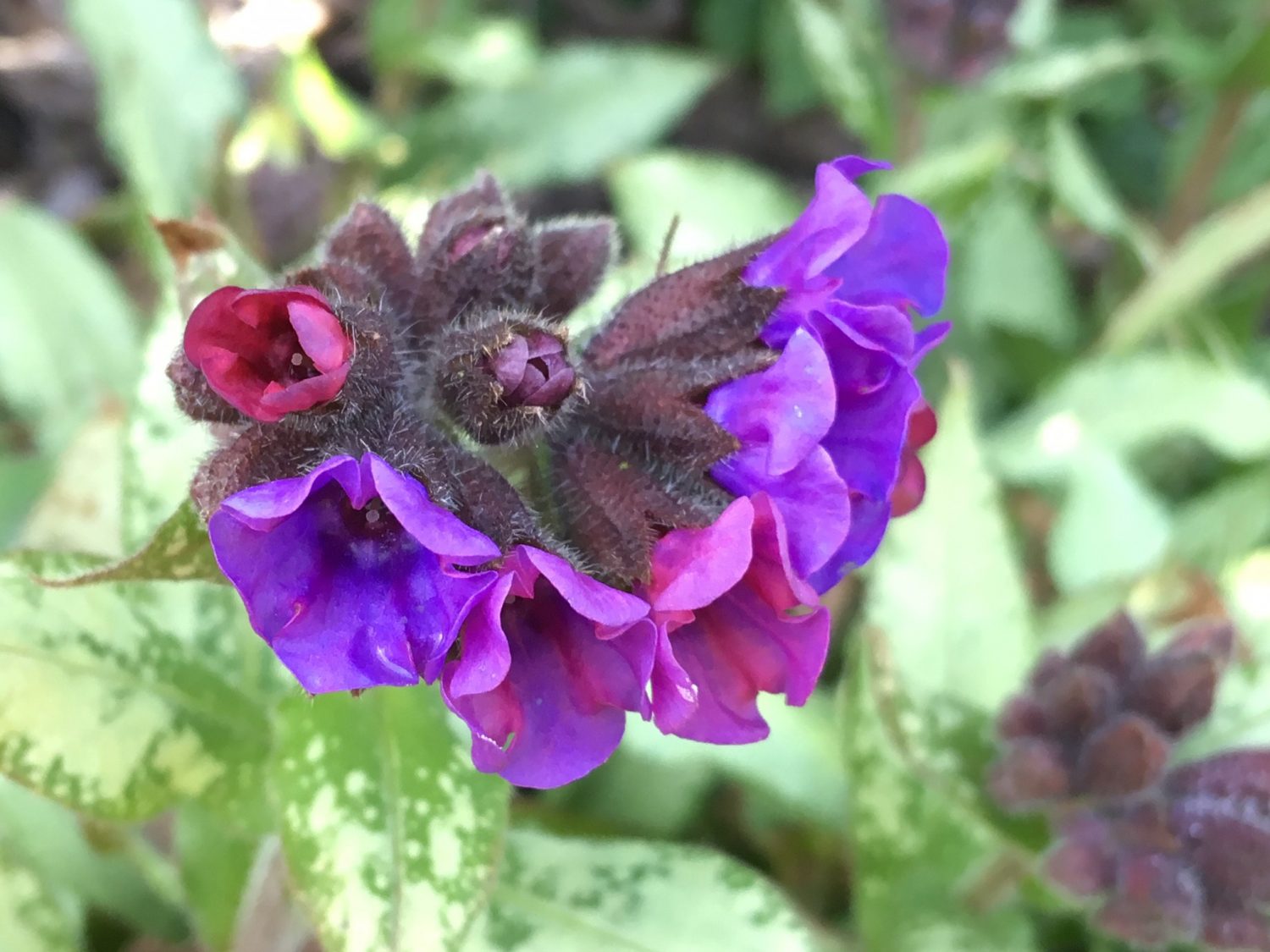
Splashes of bright foliage in darker shadier areas could be provided by one of the many lovely pulmonarias available on the market now
You may also like
Cream of the crop
Jen Stuart-Smith highlights the celebrated South East nurseries who’ll be appearing at this month’s RHS Chelsea Flower Show 2024, from 21-25 May There can be few garden shows that cause as much excitement as the RHS Chelsea Flower Show. Founded...
Mix it up
Jo Arnell celebrates the joys of myriad colours in the garden I spend a lot of my time adding structure to gardens – trees, shrubs, evergreens and architectural foliage plants. We need these to give our borders cohesion and good...
Go with the Flow
Sue Whigham shares some valuable new-to-gardening advice I’m sure that by now we should be used to the rain but I’m not entirely sure that we are. We had a dry, sunny day the other day and how everybody’s mood...
